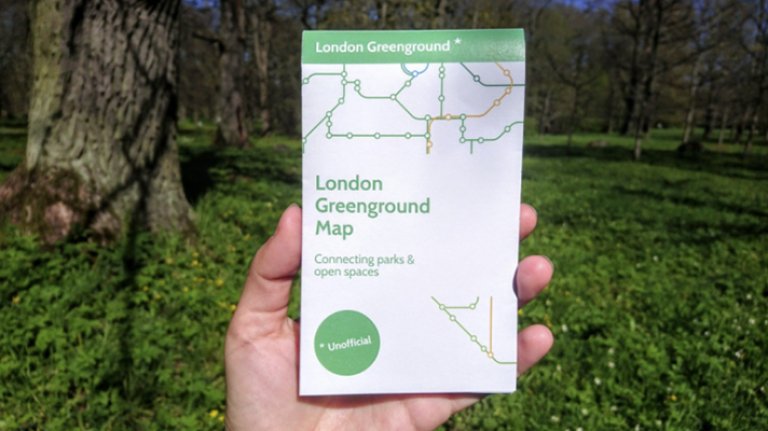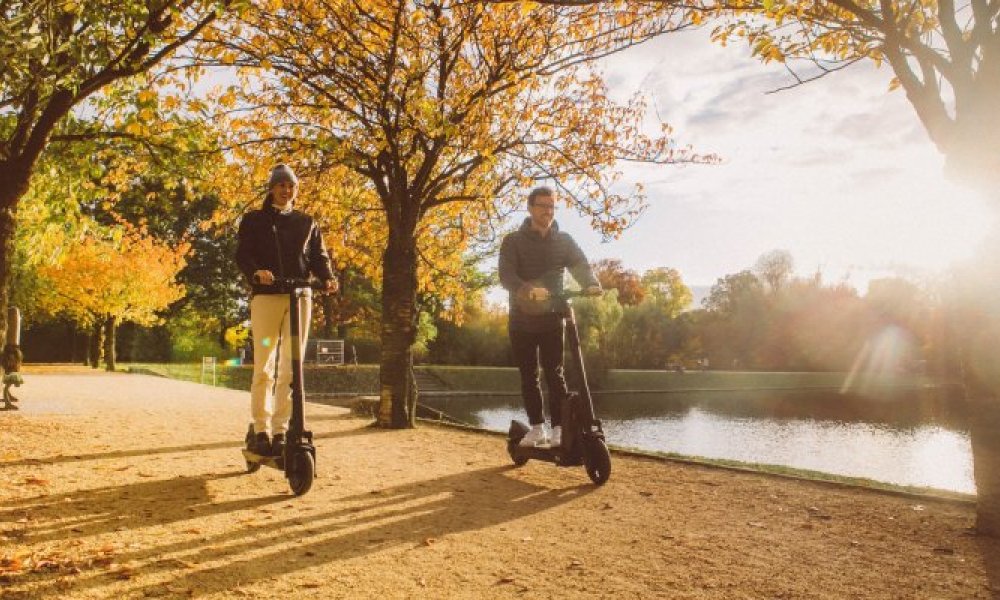The Covid-19 lockdowns have disrupted human mobility patterns in almost all countries on the planet. Studies on the lockdown effects have started to emerge, and one phenomenon in particular has caught the attention of researchers: The rise of micromobility and the increased use of public green spaces.
Micromobility refers to walking, cycling or using small electric transport modes. Ideal for social distancing, micromobility and outdoors activities have increased in both popularity to maintain mental and physical wellbeing, but also as tools to spread out populations and mitigate the spread of the virus.
Researchers from the Norwegian Institute of Nature Research have published a paper which examines how social distancing measures in Oslo, Norway's capital, affected the use of urban green space during the partial lockdown. They found that outdoor recreational activity increased by 291% during lockdown relative to a three-year average for the same days, adjusted for weather differences¹.
In London, UK, the designer Helen Ilus came up with the idea of making a "Greenground Map" inspired by the iconic London Underground maps. Instead of showing the quickest connection between destination by underground trains, the Greenground Map links London's numerous green spaces and parks with the most pedestrian-friendly routes. The complete Greenground Map can be found on the London National Park City website.

Team Solutions captured the micromobility trend in the solutions investment analysis of 2020. As a result, micromobility was integrated as a sub-category in the investment theme sustainable cities. A stock example that was introduced to the fund Global Solutions is Giant Manufacturing. Giant produces bicycles and has built up an entire ecosystem for electric bikes. It is an innovative firm that was a first mover in the use of light-weight materials and automated production of bikes. A win-win for consumers that get an easier up-hill bike experience, lower costs due to efficiency output, lower transport emissions in shipping and less material use in production.
To address a crisis, new solutions tend to emerge. The corona crisis implicates that human beings are more adaptable to disruptive change than we thought possible. Norms and behavior can change quickly, and societal re-structuring can be bolted just as rapidly. The EU is ambitious to finance a green recovery from the demanding crisis with high human costs. This will hopefully lead to improved practices for better social and environmental sustainability. Urban planning that facilitates walking and cycling can improve both public health and reduces air pollution, which in turn can give higher life quality in the long run.
¹ Venter, Zander & Barton, David & Gundersen, Vegard & Figari, Helene & Nowell, Megan. (2020). Urban nature in a time of crisis: recreational use of green space increases during the COVID-19 outbreak in Oslo, Norway. 10.31235/osf.io/kbdum. - Urban nature in a time of crisis: recreational use of green space increases during the COVID-19 outbreak in Oslo, Norway




